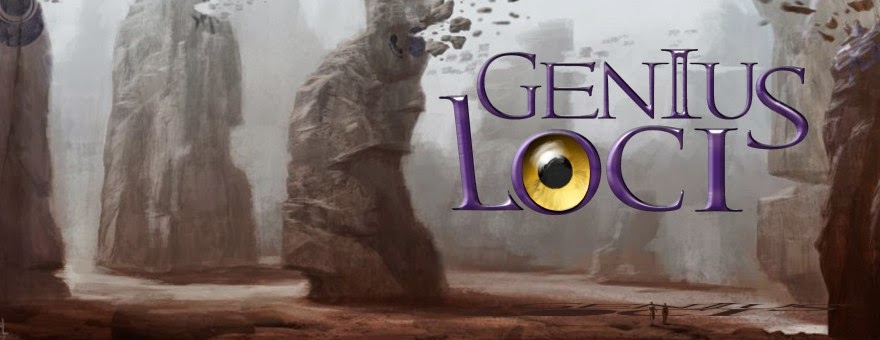
There are two schools of spellcasters: Mages and Wizards, together called speakers.
Mages follow the teachings of Ghabnah, who postulated that in order to understand the world, one must first understand every aspect of it. Mages cast formulaic spells that produce reliable effects depending on skill.
Wizards believe in the wisdom of Turachgekhan, who claimed that only by understanding how everything is connected, can the universe be understood. Wizard spells are powerful, but cannot be repeated the same way.
"Calling us undisciplined - ridiculous. Only a fool will fail to recognize the effort to juggle all the world in one's mind."
— Numi Ashkarot Bel, wizard

Both are equally regarded by society, have equal numbers, and show equal power. They are often at each others throats for absurd reasons; speaker wars are usually short, but devastating.
Because of their philosophies, wizards tend to occupations supporting widespread knowledge, and prefer social sciences; while mages like to quantify, and do so in natural sciences. This is supported by mages having a natural knack for all measurements, and wizards' gut feelings being always right.
"Laughing about tables and equations suits the wizards well. How will you recognize two things are related if you didn't understand either in the first place?"
— Absil Blackmane, maga
Despite their disrespect for one another, the two factions let candidates choose freely. Mages provide schools and exams proving the young mage's cunning. Wizards travel and keep their ranks loose, and often devote themselves to one or two of the Four elements and their principles.
Artist's notes
The speakers are sometimes difficult to balance, but I love the idea of scientism vs. intuition, and I am undecided which I like better. Most fantasy settings I know feature more groups, like witches, druids, several mage's guilds etc. Because there only two parties in Genius Loci, their members will be more versatile and individual.































